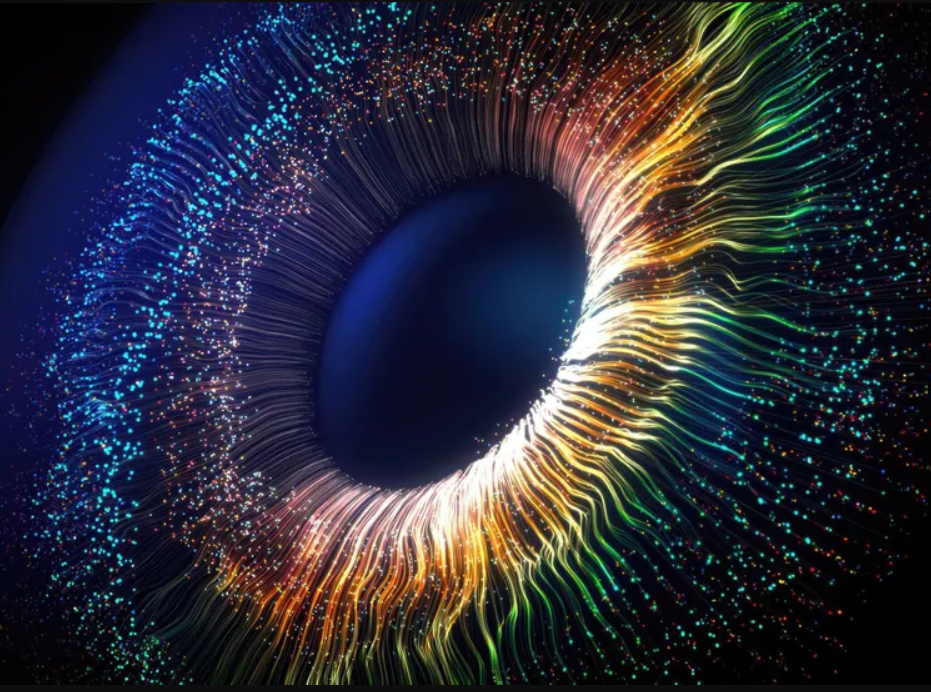
Groundbreaking Research Expands Human Color Perception
A team of scientists has developed an innovative technique that allows the human eye to perceive colors beyond natural visual capabilities. In a study published in Science Advances (April 18), researchers successfully enabled five participants to see a previously unknown color they named "olo"—described as an unprecedentedly saturated blue-green hue.
How Does It Work? Manipulating the Eye's Photoreceptors
The human retina contains two types of light-sensitive cells:
-
Rods (for low-light vision)
-
Cones (for color vision in bright light)
Cones are further categorized into three types, each sensitive to different wavelengths:
-
L-cones (long wavelengths → red)
-
M-cones (medium wavelengths → green)
-
S-cones (short wavelengths → blue)
Normally, these cones overlap in sensitivity, making it impossible to stimulate just one type. However, using precisely targeted laser microbeams, the team isolated M-cone activation—creating the perception of "olo."
The "Oz" Technique: Inspired by The Wizard of Oz
The method, named "Oz" after the Emerald City's green-tinted glasses, involves:
High-resolution retinal mapping (using adaptive optics optical coherence tomography)
Laser stimulation of individual cone cells
Real-time eye tracking to maintain accuracy
What Does "Olo" Look Like?
Participants described it as:
"Like a green laser pointer, but with impossibly high saturation—making normal laser light appear pale in comparison."
The name "olo" comes from its coordinates in color space:
-
0 (no L-cone activation)
-
1 (full M-cone activation)
-
0 (no S-cone activation)
Potential Applications: From Medicine to Enhanced Vision
-
Treating Color Blindness
-
Could simulate missing color perception by compensating for defective cones
-
-
Studying Eye Diseases
-
Replicate conditions like macular degeneration to better understand vision loss
-
-
Exploring Tetrachromacy
-
Some people naturally have a fourth cone type; Oz could help simulate this rare ability
-
-
Vision Research
-
Offers unprecedented control over retinal stimulation for neuroscience studies
-
Current Limitations
-
Peripheral vision only (central fovea too dense for precise targeting)
-
Requires fixed gaze (free eye movement would need vastly expanded retinal mapping)
-
Specialized equipment (not yet adaptable for consumer displays)
Future Directions
The team is now investigating:
-
How the brain adapts to new color inputs
-
Potential therapeutic uses for visual impairments
-
Whether prolonged exposure could "train" the visual system to retain expanded perception
Expert Commentary
"This isn't just about seeing new colors—it's about fundamentally rethinking how we interact with visual information," said lead researcher James Fong (UC Berkeley). "We're opening doors to both scientific discovery and potential clinical breakthroughs."
For now, "olo" remains a rare experience—but this research marks a significant leap in our understanding of human vision's untapped potential.
Read the full study: Science Advances
Key Takeaways
First demonstration of artificially expanded human color perception
<span style="font-size: medi
No records found ! Please visit soon.
